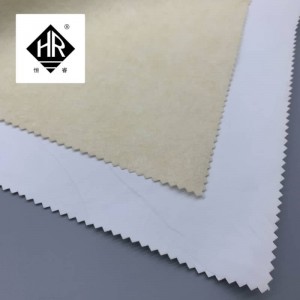Antistatic fabrics, especially synthetic fibers with low hygroscopic properties such as polyester, nylon, and chloroprene, are generally higher than the resistance. Therefore, in the process of textile processing, due to the close contact and friction between fiber and fiber or fiber and components, lead to the increase of hair, yarn feathers, roll forming bad, fiber adhesion components, yarn breakage increase, cloth surface formation of scattered shadow.Insulating fabric Insulating fabric
After the clothing is charged, a large amount of dust is absorbed, which is easy to pollute, and there will be entanglement or electric spark between the clothing and the human body or between the clothing and the clothing. When the electrostatic phenomenon is serious, the static voltage is as high as thousands of volts, which will cause sparks and fire due to discharge, causing serious consequences. Anti – static fabric is a kind of fabric after anti – static processing.
Anti-static fabric processing methods usually have the following:
One is the fabric with antistatic finishing agent after finishing;Insulating fabric Insulating fabric
Second, fiber grafting modification to improve the hygroscopicity of the fabric,Insulating fabric Insulating fabric and blending and interweaving of hydrophilic fibers; Three is blended or woven conductive fiber; The action mechanism of the first two methods is to increase the moisture recovery rate of the fabric, reduce the insulation, and accelerate the electrostatic leakage. Therefore, if the processing effect is not durable or significant in a dry environment or after repeated cleaning, it is usually used for ordinary clothing fabrics. Only the third method can solve the static electricity problem of textiles in a lasting and effective way, so it is widely used in the production of anti-static work clothes. The fabric is post-finished with an antistatic finishing agent. Esd fabrics include ESD silk (conductive silk), ESD fabrics, TC fabrics, CVC fabrics, and ESD cotton fabrics.
In the antistatic fabric, the antistatic work clothes can prevent the accumulation of static electricity in the clothes, and the antistatic fabric is used to sew the work clothes.
Post time: Nov-02-2022

